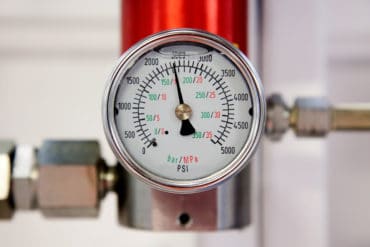Light pulses are coupled into an optical sensing fiber and the reflected light is analyzed in the time domain translating the time modulated signal into a spatial distribution of the different fiber Bragg gratings. Further analysis of the individual FBG signals in the wavelength domain provides sensing information for each individual fiber Bragg grating.
Fiber Bragg gratings with medium reflectivity’s are required. All fiber Bragg gratings typically have similar center wavelengths leading to extended multiplexing possibilities. Misinterpretation of sensing signals caused by spectral cross talk due to for example high strain or temperature gradients is furthermore avoided. Moreover, optical sensing lines are interchangeable simplifying and standardizing fiber and system designs.
A major challenge related to Time Division Multiplexing of fiber Bragg gratings for sensing applications is the minimum spatial separation which is required in between the different fiber Bragg gratings, typically in the range of 1m.







